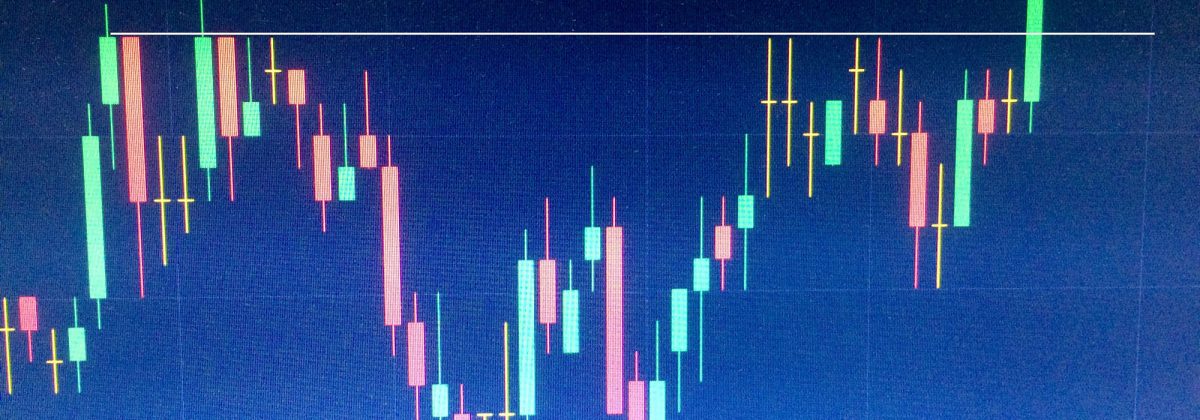As a trader, knowing the ins and outs of market gaps and slippage will help you make more informed decisions. So, here’s a rundown of the essentials.
What is a Market Gap?
A gap is a situation when there is a sudden break in price without any trading activity. Gaps can occur with sharp price moves both up and down. They can be caused by news breaks or events. Generally, gaps occur during weekends, since this is when the forex market remains closed.
Since gaps are unexpected, they can be used to gain crucial insight through proper analysis. This is because gaps of different types can give signals as to whether a trend to about to start, accelerate or end.
What Does Slippage Mean?
This is the term given to the difference between the price at which an order was placed and the final price at which the trade was finally executed. Slippage is mainly caused due to market gaps and can impact stop and limit orders. This means that orders are executed at a price different from the expected price at the time of placing the order.
Types of Market Gaps
There are mainly five types of gaps in forex trading.
1. Breakaway Gaps
Breakaway gaps show decisive movement of prices out of a particular range or a chart pattern. This type of gap is associated with heavy volumes and shows strong conviction of a breakaway. They are mainly caused by international news events or revenue announcements that have an impact on market sentiment.
Prices of currencies and assets tend to move in range or trend patterns. A range occurs when the there is little movement in price in either direction. A trend is when there is some progress made by the price in either an upward or a downward direction, over several price swings. If the price goes from ranging to trending, it can sometimes initiate that trend through a breakaway gap.
Breakaway gaps usually don’t get filled for a long time. The price keeps moving in the same direction as that of the breakaway for some time. When these gaps are finally filled, the breakout direction is the one that prevails. The price can shift back to the point of origin of the gap and could even trick you into thinking that the gap was a false occurrence, but then it keeps moving further in the direction of the breakaway.
Breakaway gaps can occur to the downside or the upside. The major takeaway from this situation is that there will be a gradual movement of the price in the direction of the breakaway. In other words, a continuation of the existing trend.
2. Common Gaps
Another name for common gaps is “trading gaps” or “area gaps.” This type of gap occurs due to the impact of normal market forces and can occur very frequently. Common gaps are represented on the price chart by a non-linear jump pattern from one point to another.
Unlike breakaway gaps, there are no major news events or revenue announcements that give rise to common gaps. Also, common gaps get filled within a duration of a couple of days, as compared to other kinds of market gaps.
You probably won’t be able to extract any helpful insight from common gaps, since they are small in size and the price difference between the points involved in the gap is not significant. These gaps usually occur in the currency markets over the weekend.
3. Runaway Gaps
After a trend begins and has been in existence for some time, more and more traders will get to know about it. Any type of positive news will encourage traders to enter the market, leading to a runaway gap or a gap right in the middle of an ongoing trend. This indicates that the trend is strong and is gaining momentum over time.
Runaway gaps are usually associated with an increase in trading volume, although not as much as in the case of breakaway gaps.
These gaps signal a continuation of an ongoing trend and traders who have already opened positions will see this as an indication to hold the trade. Those who are still on the sidelines may also want to get in, since there is potential for the price to continue in the same direction.
4. Exhaustion Gaps
Exhaustion gaps occur at the end of a particular trend and, more often than not, after a major price increase. Trading volumes during exhaustion gaps can either be much higher than on a previous runaway gap or much lower. Lower volumes indicate that very few traders are taking part in this gap and that the trend is likely to exhaust itself. On the other hand, volume spikes greater than the previous spikes by two or three times indicate a possible reversal.
Keep in mind that exhaustion gaps only signal that the trend is about to end and not the exact point at which it will turn in a different direction.
5. Island Reversal Gap
The Island Reversal consists of a pattern where the gap first occurs in the trending direction, then the price moves sideways and then leads to a gap in a different direction. Here, the price does not revert to the point where the sideways period occurred, which gives it an island like shape on the chart. Sideways periods can be as small as a single price bar or several price bars.
The island reversal gap forms a strong reversal pattern, since it leads to a lot of traders getting stuck in a trade at poor prices. When the price moves in the other direction, they are left with no choice but to fuel the trend in that direction.
Gaps are important since they help you to get an idea about the market sentiment. When there is a gap in the upward direction, it shows that traders are unwilling to sell at the gap levels. Conversely, when the gap is in the downward direction, it indicates that traders are unwilling to buy at those levels.
Reference Links





